Some life forms that will survive a nuclear war (9 photos)
Which living creature will wear your slippers and drink from your favorite mug? 
Amoeba 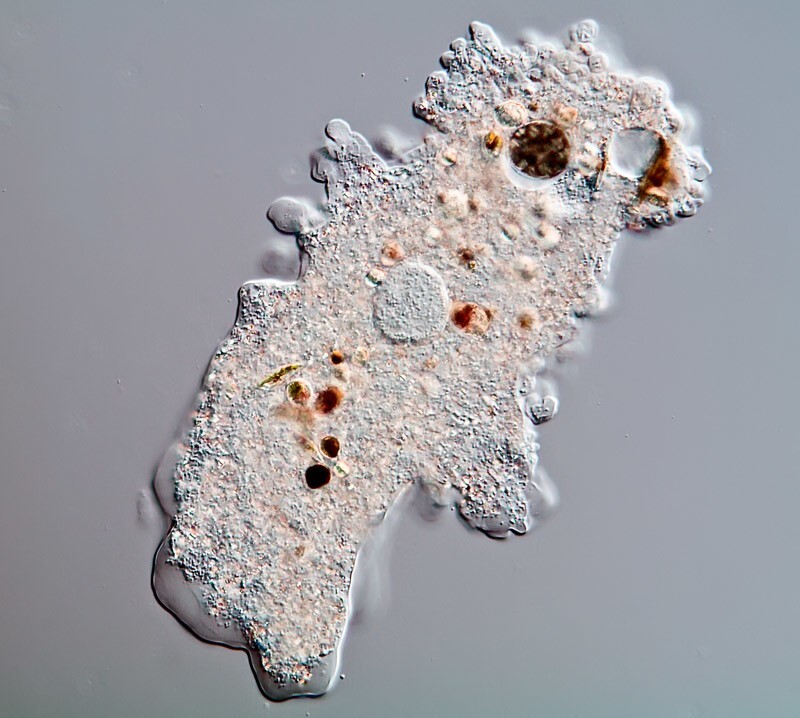
Amoeba has an excellent chance of survival after a nuclear war. Judge for yourself: it can remain in a state of rest almost indefinitely, if conditions are unfavorable for existence, and go into the active phase as soon as something changes. She is single-celled, which means she is not at risk of mutation due to radiation, and besides, she multiplies very quickly (although she does not receive any pleasure from the process).
Cockroach 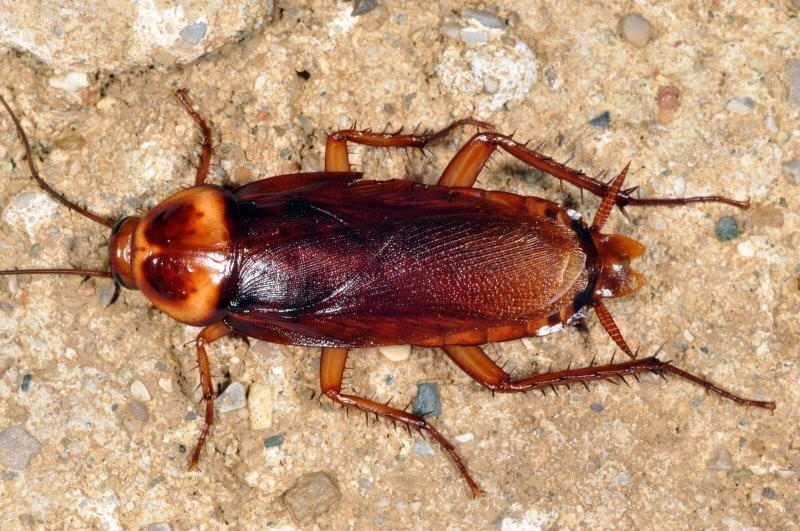
The most famous candidate for life in the world after a nuclear apocalypse. The cockroach is able to withstand moderate doses of radiation and will survive 300 meters from the epicenter of a nuclear explosion, as was the case in Hiroshima.
True, it is worth noting that modern nuclear bombs are much more powerful. Therefore, it would be correct to say that cockroaches (more precisely, 10% of cockroaches) survive radiation of 10,000 rads. For humans, such a dose of radiation is lethal.
Scorpion 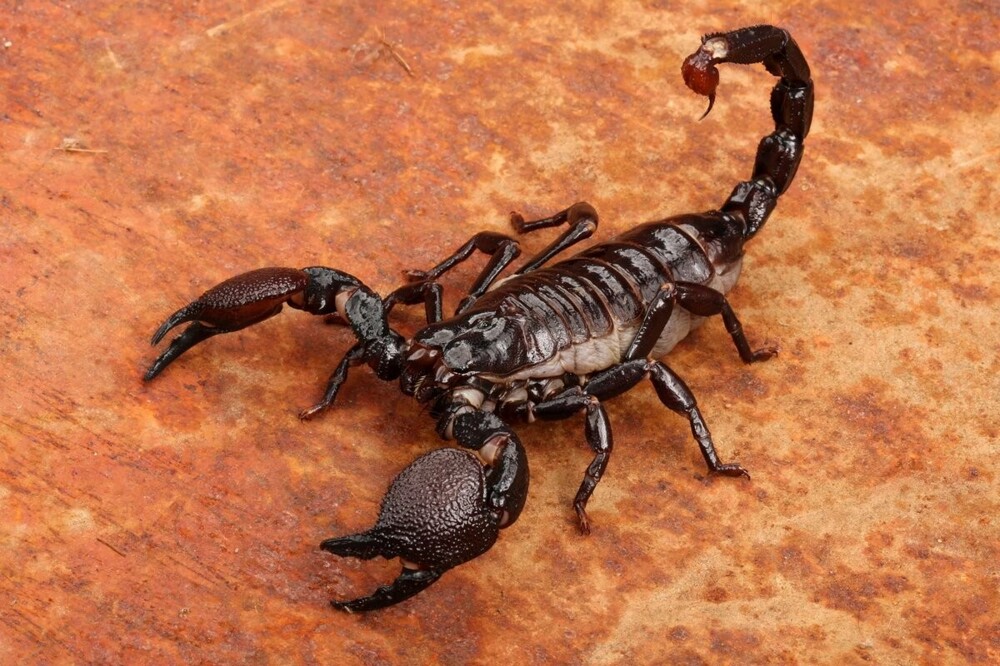
Scorpions are insensitive to the effects of ultraviolet radiation, which means that radiation causes them less harm than other living beings (not counting cockroaches).
In addition, scorpions tolerate low temperatures well; they can even be frozen. Which, as you understand, is a definite plus for someone who plans to survive a nuclear winter. Scorpions' natural habitat is holes and crevices, which also provides them with extra points.
Lingulata 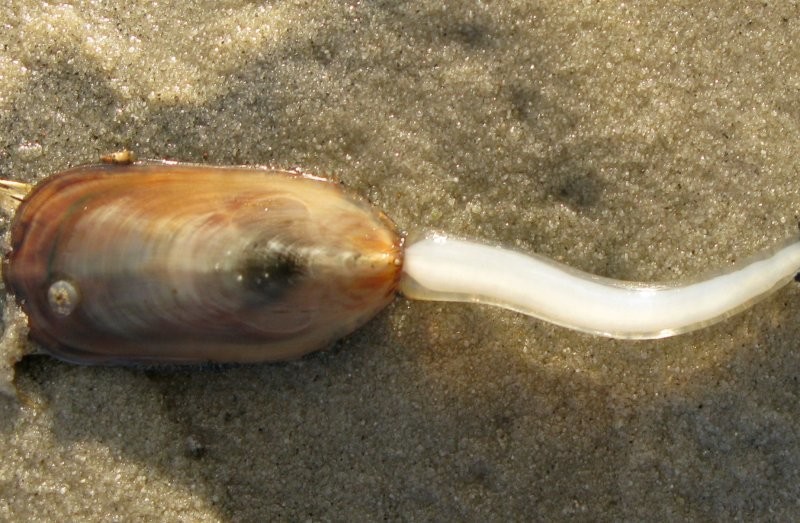
Lingulate is a mollusk, named for the similarity of its shell to a tongue. It is unknown how, but this species managed to outlive 99% of all species, including dinosaurs.
If the lingulate has a bad day - for example, there is an earthquake, flood, fire, meteorite fall, or even a nuclear explosion - it calmly buries itself deep in the ground and waits out these troubles.
Drosophila 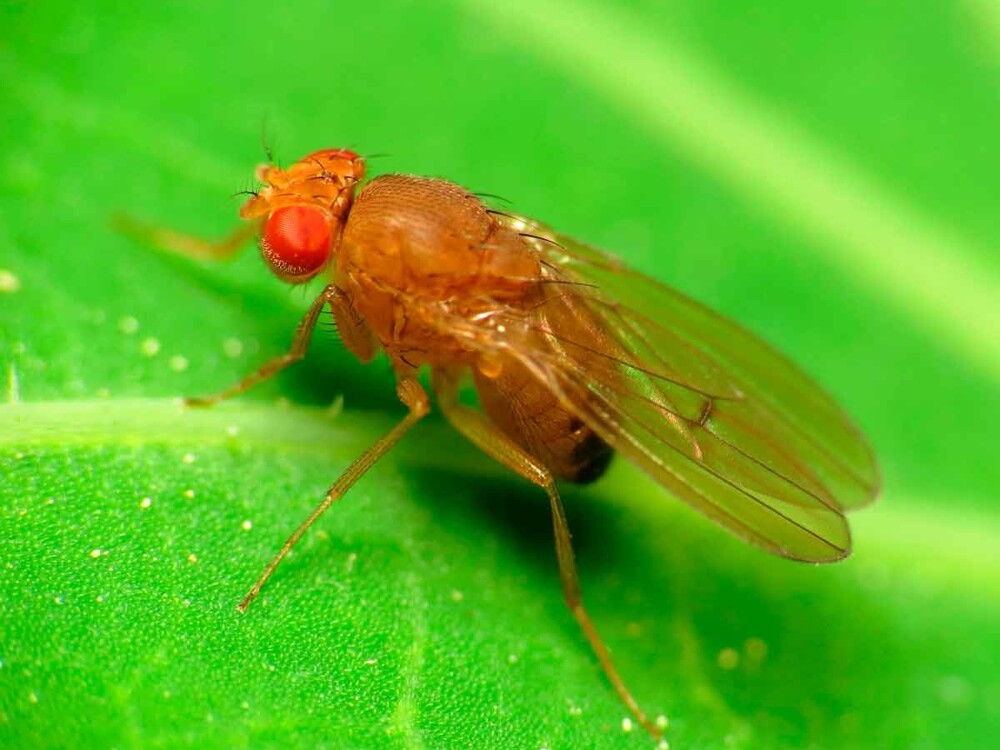
Most insects have excellent capabilities to survive a nuclear war: they are practically not susceptible to mutation and reproduce very quickly. The Drosophila fly is also capable of surviving exposure to 64,000 rads.
Fundulus fish 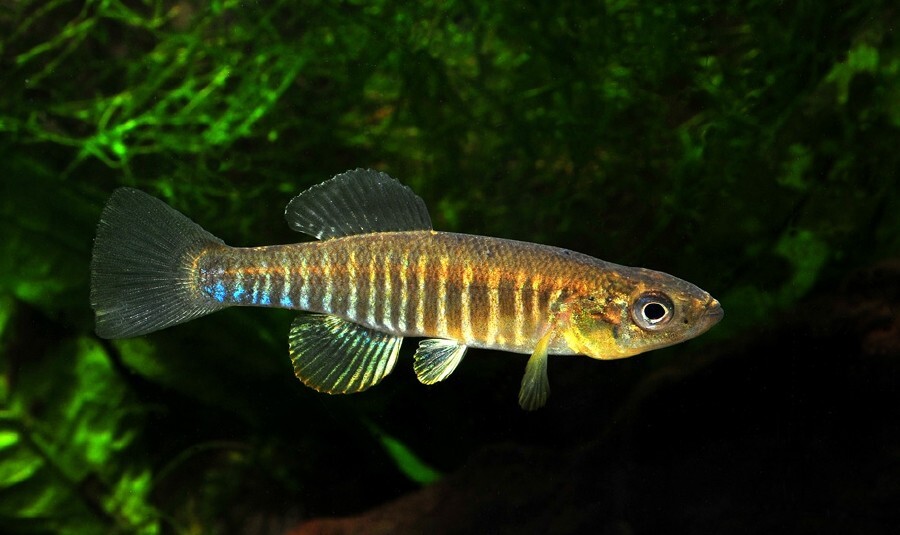
Pisces are not the most important contenders for survival after disasters. Changes in temperature, purity or salinity of water can be detrimental to them. The exception here is a fish from the fundulus family. She lives in waters contaminated with chemical waste and feels great. This is the only fish to have been in space in 1973.
In addition to the fact that the fundulus can live in water of any temperature, salinity and contaminated with almost any waste, it can also change body parts to adapt to new environmental conditions.
Tardigrade 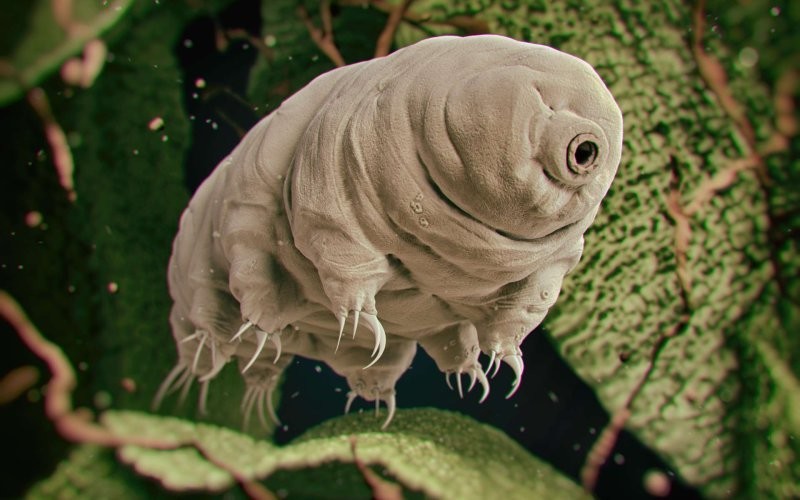
Tardigrades, or water bears, are related to insects and spiders, but they can do something that probably no living creature on the planet can do. One can make legends about their vitality (and they probably would have done so if tardigrades grew larger than one and a half millimeters).
Scientists performed dozens of experiments on the poor fellows, subjecting them to pressure, humidity, and radiation. And in the end they were even sent into outer space.
In 2007, a block with tardigrades spent 10 days on the outer part of the Foton-3 biosatellite, exposed to direct solar radiation and a temperature of -272 ° C. After this test, about 70% of the tardigrades survived and then even reproduced quite successfully.
Bacteria Deinococcus radiodurans 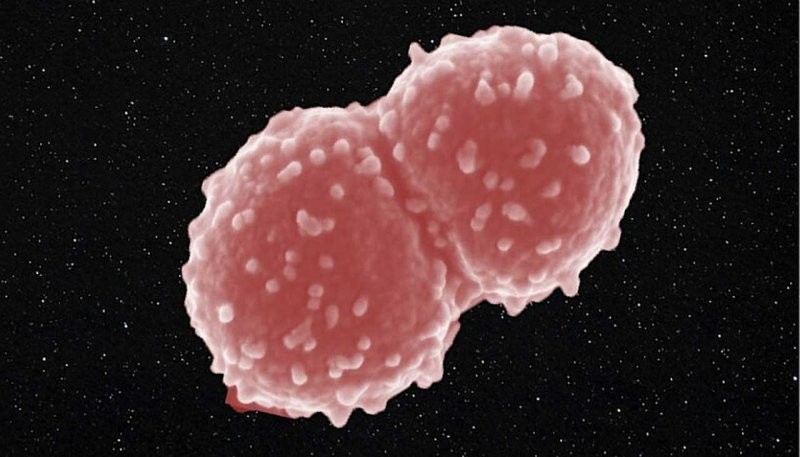
One of the most resistant bacteria to radiation, simply the Bruce Willis of bacteria. She can restore her DNA even faster than you can pronounce her name.
But whether the person will survive is still in question.






















